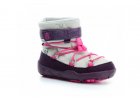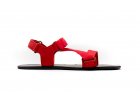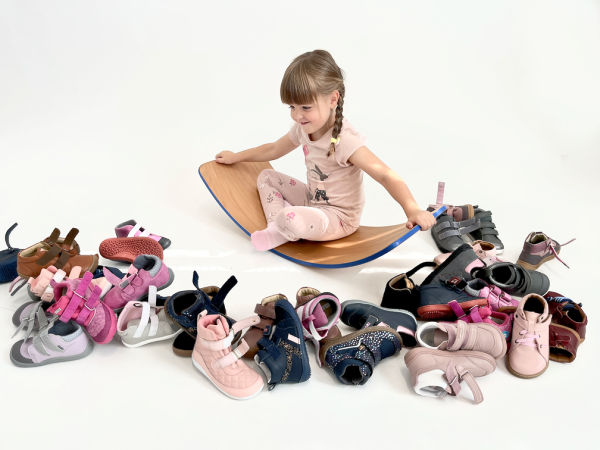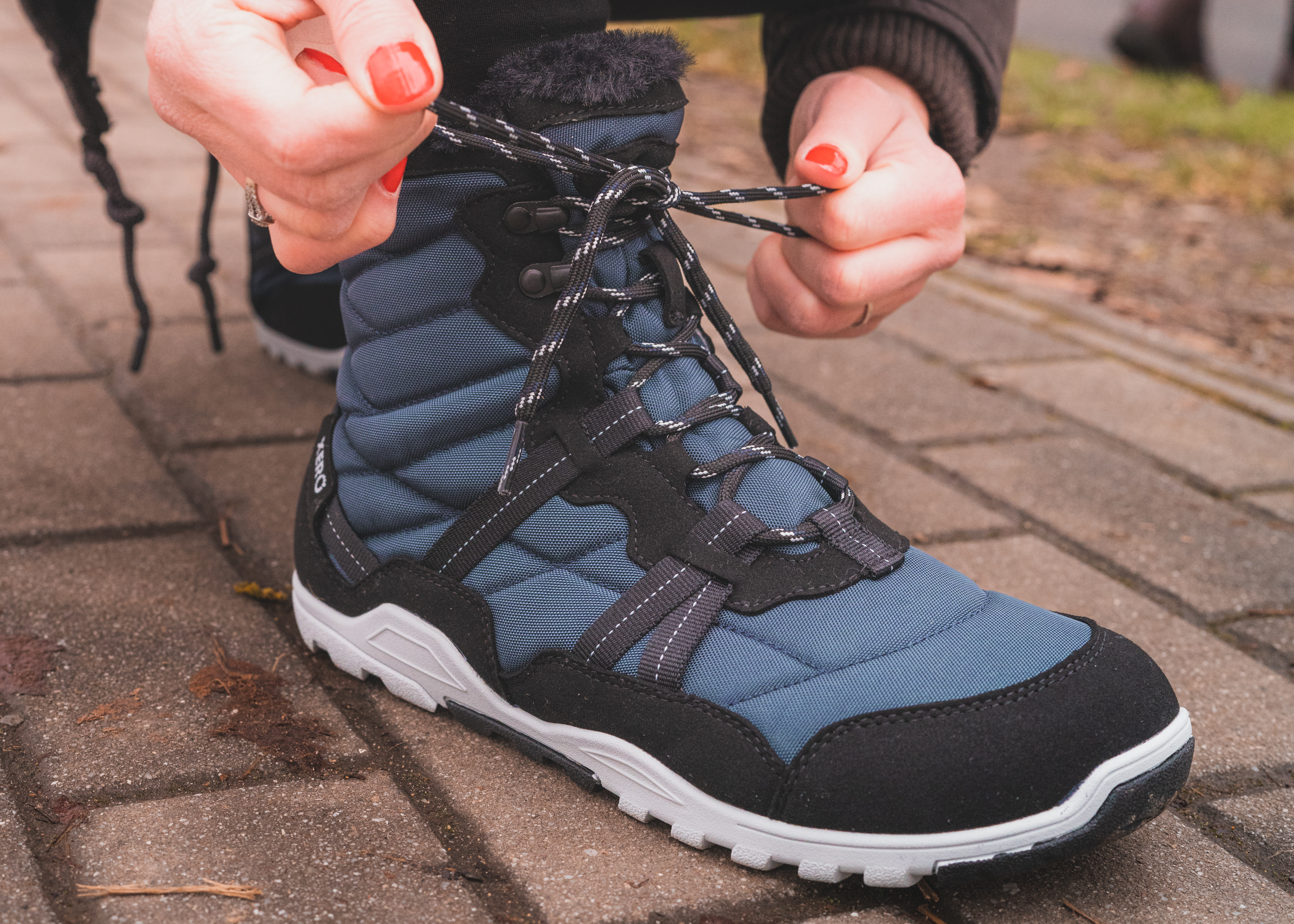Introducing a revolutionary new product - the Saltic Eliot barefoot climbing shoes, which retain the necessary features of climbing shoes, but still give your toes plenty of space. We had them tested by climbing center experts in a variety of environments and share their honest assessment with you below. Find out who barefoot climbers are suitable for.

Content of the article
- Why barefoot climbing shoes?
- Test of barefoot climbing shoes in different environments
- Who are barefoot climbing shoes suitable for?
Why barefoot climbing shoes?
If you are serious about climbing, you need climbing shoes. Unlike regular shoes, they're not comfortable. They're small, have a stiff construction, a thin grippy sole and lots of rubber around the toe where the power is concentrated. Your feet hurt in them, you have to take the climbing shoes off at every spare moment to avoid deforming your toes, and you need to wear a second pair of boarding shoes to approach the climbing route.
The Czech manufacturer Saltic specializes in climbing shoes in addition to barefoot shoes. To avoid the above mentioned problems, they decided to combine the features of climbing shoes and barefoot shoes in a revolutionary model of barefoot climbing shoes Saltic Eliot. This way, climbers can enjoy the comfort of a wider toe box while maintaining the functional properties of climbing shoes.
Test of barefoot climbing shoes in different environments
To verify the real quality of barefoot climbing shoes, we had them tested in various environments by professionals from the Lezetop climbing centre. We would like to thank Martin Altman, co-owner of the climbing centre, and Tereza Kotlínová, a competitive climber, for sharing their professional impressions. They generally praise the comfort, flexibility and grip of the Saltic Eliot.

Barefoot climbing shoes vs. climbing wall
When climbing on the wall in the hall, Tereza recommends barefoot climbing shoes for routes of easier difficulty, in which it is not so much about the support in the toe, but rather the friction of a larger area of the sole. Martin also agrees that for perfect support, wall climbers need harder climbing shoes that better support the foot. These are especially appreciated by beginners who are developing their technique, but for intermediate climbers the Saltic Eliot can be a suitable alternative.
Barefoot climbing shoes vs. ferrata
The barefoot climbing shoes seem like a great choice for ferrata climbing. They are comfortable, you can stay in them all the time and you don't even need to change into walking shoes. Both Martin and Tereza agree that the above applies to shorter sport ferrata, they would not take the Saltic Eliot for multi-length climbing.
Barefoot climbing shoes vs. the rock
Barefoot climbing shoes are useful on rocks where there are no sharp handholds. Tereza likes the Saltic Eliot on sandstone, where she enjoys a large support surface on the round surface. According to Martin, they can handle routes up to level 5 (UIAA), but from level 7 upwards, barefoot climbing shoes no longer handle the limits of performance climbing.
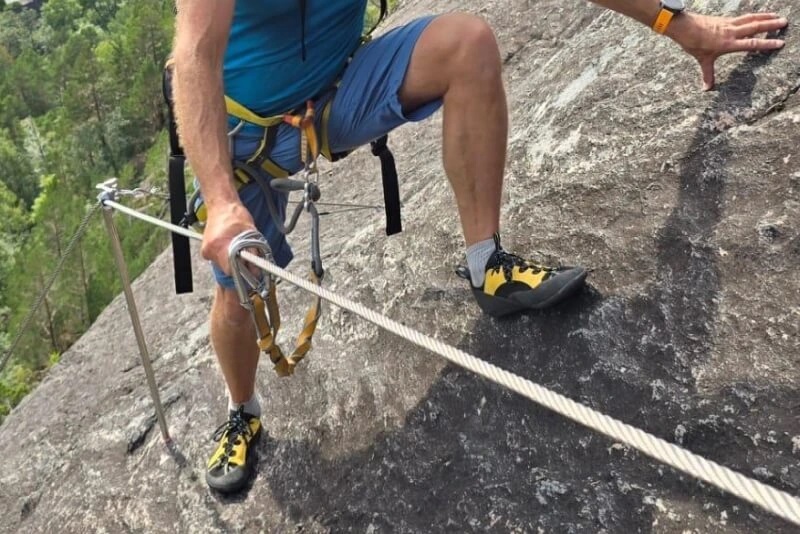
Barefoot climbing shoes vs. natural paths
Do not take barefoot climbing shoes for longer trips in the nature, but they can be used as starting shoes for climbing routes, so you do not need to bring a second pair of shoes for holiday climbing. The only drawback Martin sees is on steep downhill descents where they can be a bit squishy, but at the same time he praises the Saltic Eliot for not slipping.
Who are barefoot climbing shoes suitable for?
Barefoot climbing shoes are suitable for beginners who do not plan to climb professionally in the future. Saltic Eliot is perfect for climbing clubs for children or climbing camps. For moderately advanced climbers, it provides an interesting alternative, especially if they often go on ferrata. Professionals, however, will not get the performance they usually rely on.
Climbing shoes are size specific, you should reach for a smaller size than you usually wear with walking shoes. Check the size chart and choose the ones that fit your foot perfectly with their inner length. Oversizing is not desirable in this case, Saltic Eliot should fit you firmly but at the same time not cause pain.









